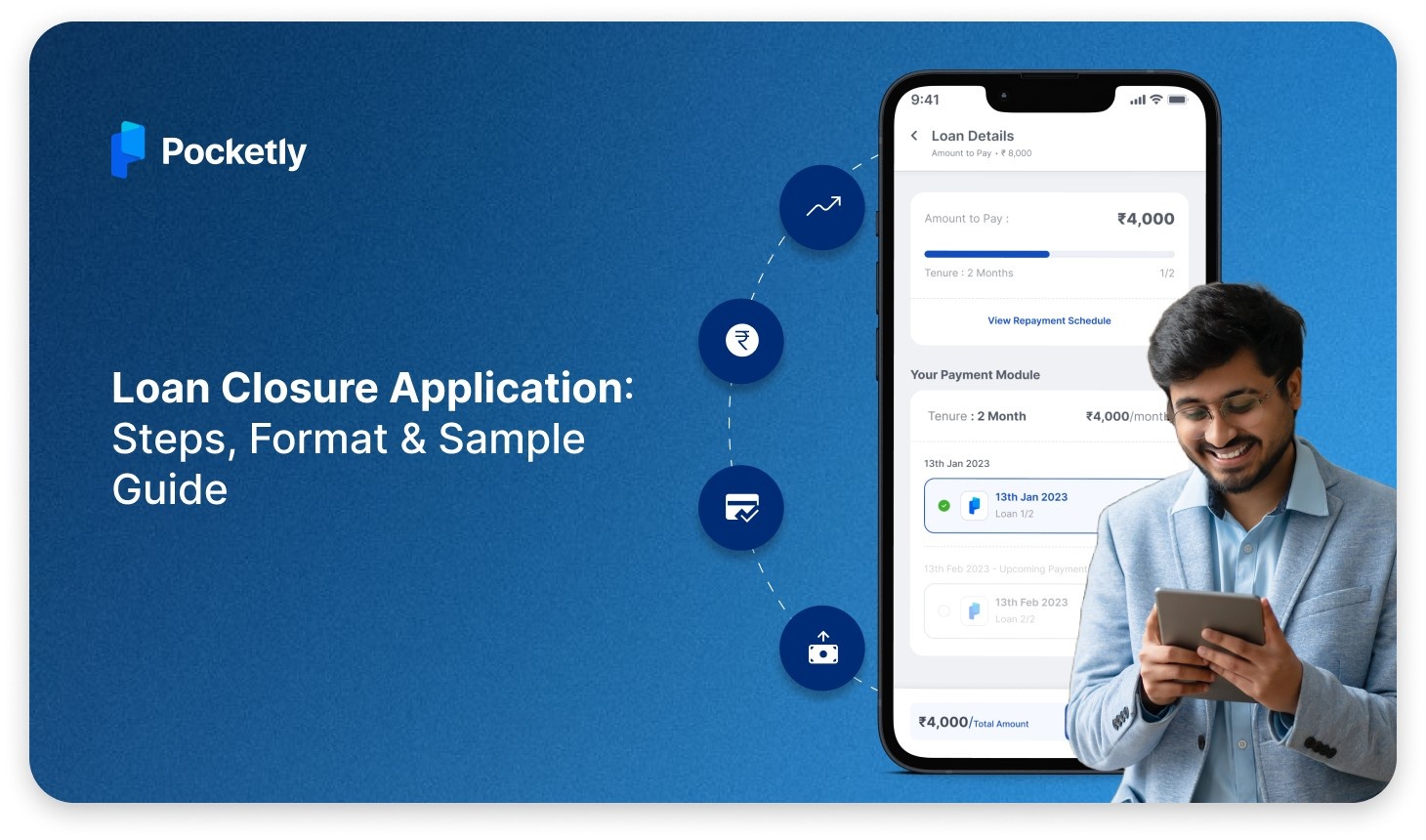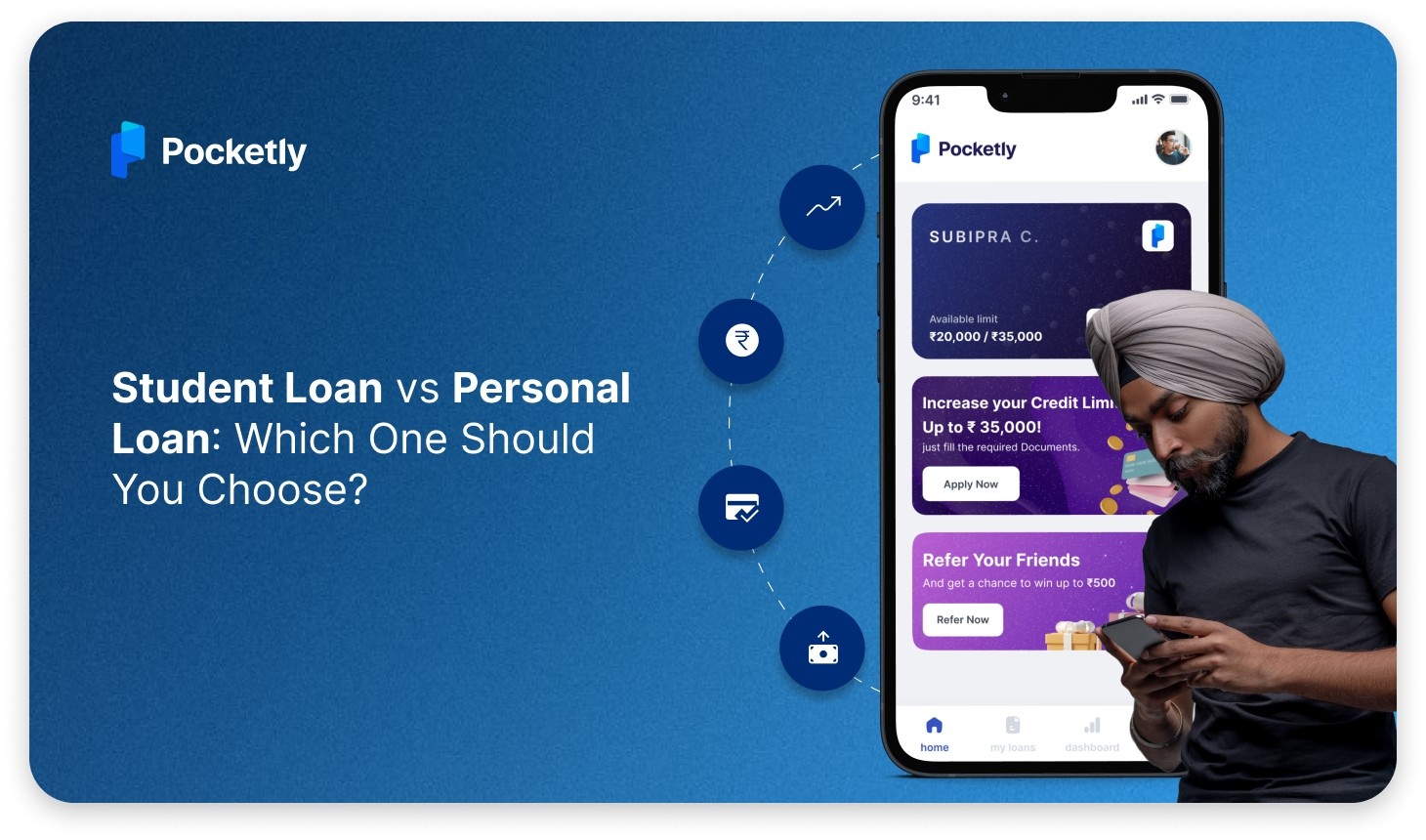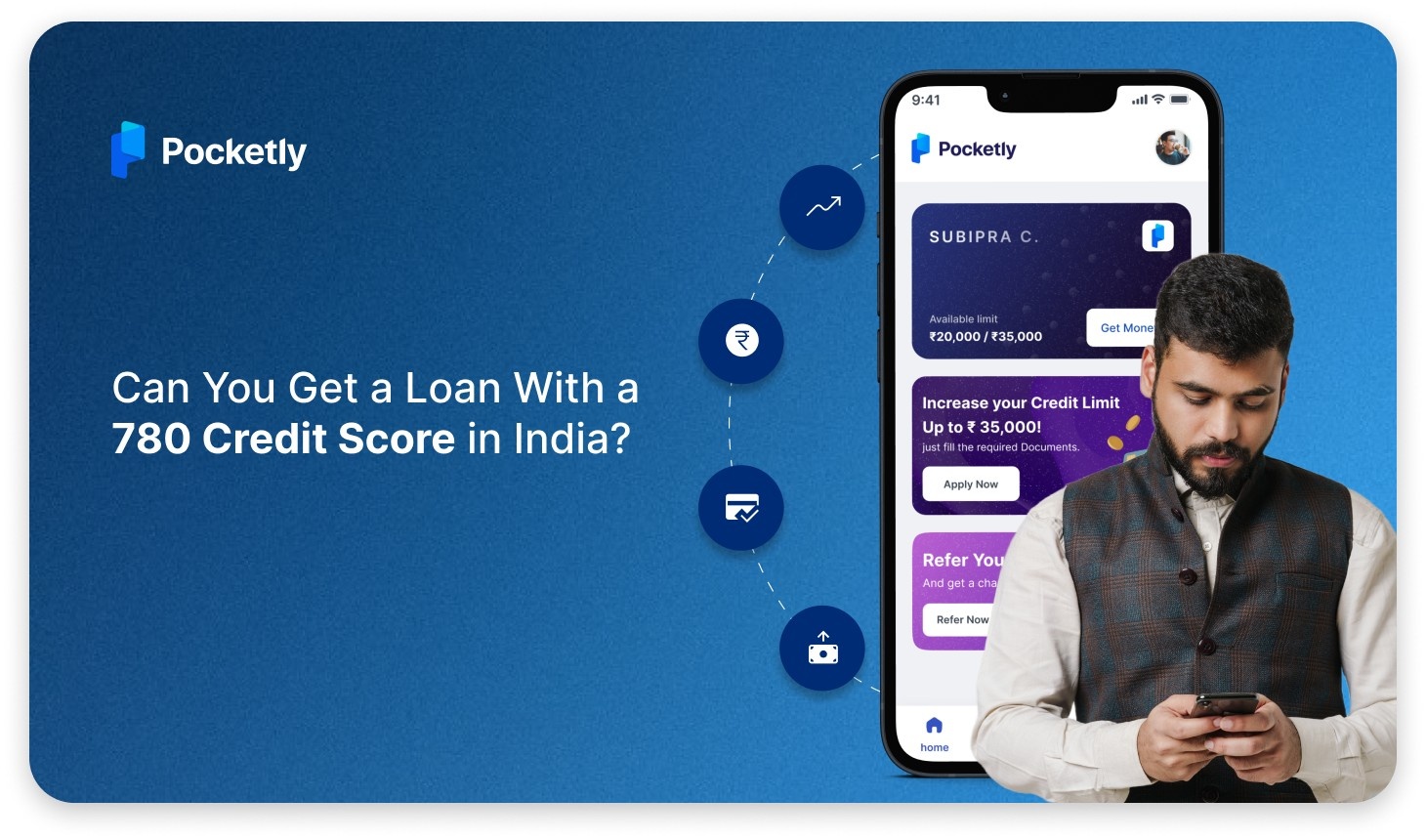
Sometimes you need cash fast whether it’s for a sudden expense, a business need, or just to get through the month. That’s where short-term loans and advances come in. They’re both quick ways to get the funds you need, but knowing the difference between the two can make all the difference in choosing the right option.
In this guide, we’ll break down what short-term loans and advances are, the different types you can choose from, and how they can help you manage those immediate financial needs without the stress. Ready to dive in? Let’s go!
What are Short Term Loans and Advances?
Short-term loans are basically loans you take out for a fixed period, typically a few months to a year, and you repay them with interest. The terms depend on things like your credit score, income, or if you’ve offered any collateral.
On the other hand, advances are shorter-term credit options, often called payday loans, cash advances, or salary advances. They usually last between 1 to 3 months, sometimes up to a year, and are designed for quick, short-term financial fixes.
Let's dig a little deeper and understand what are the different types of short-term loans and advances.
Types of Short-Term Loans
When it comes to short-term loans, there are plenty of options available, each catering to different needs. Here’s a breakdown of some of the most popular types:
Loans on Credit Cards
If you’re a credit cardholder, you’ve probably seen pre-approved loan offers pop up. These are super convenient since you don’t need any extra paperwork, and you can apply directly through your bank’s digital portal. Once approved, you repay the loan through EMIs, usually over one to five years.
Consumer Loan for MSMEs
If you’re running a small business and need funds for equipment like computers or printers, this loan is perfect. It’s often available with a buy-now-pay-later option and comes with no-cost EMIs, making it easier to manage.
Loan Against Gold
Got gold ornaments lying around? You can pledge them as collateral for a secured loan. With this type of loan, you only pay interest until the loan matures, and the principal is due at the end of the tenure, which is typically three years.
Bridge Loan
This is your go-to for immediate financial needs, like paying a security deposit for a new office. A bridge loan helps you cover these costs while you wait for your primary loan to be sanctioned.
Overdraft (OD) Facility
Think of this as a flexible line of credit. You can withdraw more than your account balance, and the best part? You only pay interest on the amount you actually use, not the full credit limit.
Demand Loans
If you have shares or mutual funds, you can use them as collateral to secure a loan. Demand loans give you access to high-value funds without the need to sell your investments.
These short-term loan options provide flexible, quick solutions to help you meet financial goals or handle unexpected expenses with ease!
Types of Advances
Advances are designed for short-term cash needs and offer quick access to funds. Here’s a look at the different types of advances available:
Overdraft
An overdraft lets you withdraw more money than you actually have in your bank account. It’s a handy option when you need quick access to extra funds, and you only pay interest on the amount you’ve used.
Cash Credit
This type of advance allows you to borrow money based on the value of a pledged asset, like inventory or receivables. It offers flexible access to funds and is often used by businesses to cover day-to-day expenses.
Payday Loans
If you're a salaried individual in need of quick cash, payday loans are a popular choice. These are instant, short-term loans designed to be repaid with your next paycheck, making them perfect for urgent, small-scale expenses.
Bill Purchase
For businesses, bill purchases allow you to receive funds by offering bills or invoices as security. It helps maintain cash flow while waiting for payments from customers.
These types of advances provide immediate access to money, whether for personal or business use, helping you manage short-term financial needs efficiently.
Eligibility Criteria for Short Term Loans and Advances
Here’s a quick breakdown of the eligibility criteria for short-term loans and advances, including requirements for students and the necessary documents you’ll need:
| Eligibility Criteria | Short Term Loans | Advances |
|---|---|---|
| Age | 21 to 58 years | 18 to 60 years |
| Work Experience | Salaried: Minimum 6 months Self-employed: 2 years | N/A |
| Minimum Salary | ₹15,000 per month | N/A |
| For Students | Must be enrolled in a recognized institution Often need a co-signer or guarantor | Can qualify for student cash advances with a part-time job or parental support |
| Required Documents | Short Term Loans | Advances |
| Identity Proof | Aadhaar, PAN, Passport, Voter ID | Aadhaar, PAN, Passport, Voter ID |
| Address Proof | Utility bill, Rent agreement, Bank statement | Utility bill, Rent agreement, Bank statement |
| Income Proof | Salary slips, Bank statements, ITR (for self-employed) | Not always required; based on account usage or deposits |
| For Students | Student ID, Enrollment proof, Co-signer's income proof | Student ID, Part-time job proof, or parental income support |
This helps you understand who qualifies for short-term loans and advances, along with the documents needed to apply.
Learn more here: Guide on Types of Short-Term Sources of Finance
Now, let’s move on to one of the important sections of this blog to explore the differences between short-term loans and advances.
Differences Between Short Term Loans and Advances
When deciding between a short-term loan or an advance, it’s important to understand how they differ. Here’s a breakdown of the key differences in a simple, easy-to-digest format:
Eligibility
Getting a loan usually requires a solid credit score and history, which means lenders want to see that you’re reliable with money. On the other hand, advances are often pre-approved based on how you’ve used your bank account or the deposits you’ve made, so they’re a bit easier to get without a perfect credit score.
Interest Rate
Advances typically come with higher interest rates because they’re unsecured and short-term, making them riskier for the lender. Loans, especially if you’ve got a good credit score or offer collateral, tend to have lower interest rates and longer terms.
Purpose
Loans are usually for bigger, long-term needs—think buying a car, paying for education, or even purchasing a home. Advances, on the other hand, are designed to cover immediate, short-term needs like a quick cash injection for daily expenses or working capital for a business.
Repayment Terms
Loans come with a fixed repayment schedule, often in monthly EMIs, so you know exactly what you’re paying each month. Advances, however, have more flexible repayment terms, which can change based on your situation.
Risk
Loans typically carry less risk for both the borrower and the lender, as they depend on your creditworthiness. Advances, being unsecured and short-term, are riskier because there’s usually no security backing them.
Processing Time
Loans take longer to process because of all the paperwork, documentation, and verification involved. In contrast, advances are much quicker, often pre-approved with minimal documentation, meaning you can get the money faster.
Security
Loans can be either secured (backed by collateral like property or gold) or unsecured (no collateral). Advances are mostly unsecured, meaning you don’t need to provide any assets to get one.
Legal Formalities
Loans often come with more legal formalities because of the longer tenure and larger amounts involved. Advances are simpler, with fewer legal hoops to jump through.
Understanding these differences will help you choose the right option based on your financial situation and what you need the money for!
Similarities Between Short Term Loans and Advances
While short-term loans and advances have their differences, they also share a few similarities that make them useful for quick financial solutions. Here's a quick overview:
- Quick Access to Funds: Both options are designed to help you get money fast, whether for personal or business needs.
- Short Tenure: Unlike long-term loans like home loans or car loans, both short-term loans and advances are repaid within a few months to a year.
- Unsecured Options: Both loans and advances often come without the need for collateral, though some loans can be secured depending on the type.
- Flexible Usage: You can use the funds from both for a variety of purposes, whether it's covering bills, managing cash flow, or handling an emergency.
- Higher Interest Rates: Because both are typically short-term solutions, they often come with higher interest rates than longer-term loans.
These similarities make both options ideal for handling short-term financial needs, providing quick and flexible solutions for various situations.
Also learn more about instant loan with our guide: Applying for Instant ₹5000 Personal Loan Online for Urgent Needs
With both short-term loans and advances offering quick and flexible financial solutions, it’s important to understand which option works best for your specific needs. Let’s break it down so you can see how they compare!
Short Term Loan vs Advance: Which One is Better?
When you're in need of quick cash, the big question often is: should you go for a loan or an advance? Both can get you the funds you need, but which one is the better option depends on your situation and what you need the money for.
Let’s break it down.
If you’re looking for a larger amount of money to cover big expenses—like buying a car, paying for education, or even starting a small business—a loan is usually the better choice. Loans tend to offer lower interest rates (especially if you have good credit) and can be repaid over a longer period with set monthly EMIs. However, they come with more paperwork and can take longer to process.
On the flip side, if you need cash immediately for something smaller, like covering a short-term gap before payday or handling a surprise expense, an advance could be your best bet. Advances are often pre-approved, quicker to process, and don’t require as much documentation. However, they typically have higher interest rates and shorter repayment periods.
So, which is better for you?
- Choose a Loan If:
- You need a larger sum of money.
- You want a longer repayment period.
- You have a good credit score and can wait for the loan to process.
- Choose an Advance If:
- You need quick access to cash.
- You’re dealing with a small, short-term need.
- You prefer a faster, simpler process without much paperwork.
In the end, it all comes down to how quickly you need the money, the amount you need, and how long you want to repay it. Both have their advantages, but knowing which one suits your situation will help you make the right decision!
If you're a student and need quick access to funds, Pocketly is your go-to hero for short-term loans. Whether it’s covering last-minute expenses or bridging the gap between scholarships or stipends, Pocketly has your back! Want to know how? Find it in the section below.
Why Pocketly is the Ideal Choice for Students Seeking Short-Term Loans?
Unlike traditional lenders that often require extensive paperwork, high credit scores, or even a co-signer, Pocketly is designed with students in mind, making the loan process fast and hassle-free.
Plus, it’s available for those who are 18+, which means even if you’re just stepping into adulthood, you can access the funds you need without jumping through hoops.
Here’s why Pocketly stands out as the ideal choice for students:
- Easy Approval for 18+: Many loan providers hesitate to offer loans to younger borrowers, but Pocketly is different. As long as you’re 18 or older, Pocketly offers loans designed to support your needs.
- Quick Access to Funds: Need money for textbooks, rent, or an unexpected expense? Pocketly provides instant, short-term personal loans with minimal documentation and no complex requirements.
- Student-Friendly Terms: The loan terms are flexible and designed to suit student budgets. Repayments are straightforward, making it easier to manage alongside your studies.
- No Collateral Needed: Pocketly loans are unsecured, which means you don’t have to worry about offering any property or assets as collateral.
For students looking for a financial lifeline that’s fast, easy, and tailored to their needs, Pocketly is a great choice.
Conclusion
Both short-term loans and advances have their own perks, depending on what you need right now. Whether it's covering an emergency expense or managing daily cash flow, picking the right option can make handling your finances a lot easier.
When it comes to managing short-term financial needs, whether you’re a student or just looking for a quick solution, the right loan option can make all the difference. Pocketly takes the stress out of borrowing, especially for students who need fast, simple, and flexible financial help.
So what’s stopping you? If you need a hassle-free loan that fits your lifestyle, download the Pocketly app today and hit the apply now button to take control of your finances with just a few taps!
FAQs
What is the difference between short-term loans and advances?
Short-term loans are typically larger amounts repaid over a set period with interest, whereas advances are smaller, short-term funds given quickly and often pre-approved. Loans often require credit checks, while advances can be more flexible but come with higher interest rates.
What are the types of short-term loans?
Common types of short-term loans include:
- Loans on Credit Cards
- Consumer Loans for MSMEs
- Loan Against Gold
- Bridge Loans
- Overdraft Facility
- Demand Loans
Each type serves different financial needs, ranging from business investments to personal emergencies.
What is the definition of a short-term loan?
A short-term loan is a financial product provided for a fixed period, usually ranging from a few months to a year, and is repaid with interest. It's designed to cover immediate financial needs and can be either secured or unsecured, depending on the lender's terms.
What are advances and its types?
An advance is a short-term credit facility designed to offer quick funds. Common types include:
- Overdraft
- Cash Credit
- Payday Loans
- Bill Purchase
Advances are ideal for immediate financial needs and often come with more flexible repayment options.
Is Pocketly a good option for students?
Yes! Pocketly is designed with students in mind, offering quick, hassle-free short-term loans to those 18 and older. It’s perfect for covering unexpected expenses like textbooks or rent.
What makes Pocketly different from traditional loan providers?
Pocketly offers a streamlined, easy-to-use process with minimal paperwork. Unlike traditional lenders, Pocketly is faster and more flexible, making it ideal for young borrowers who need funds without the lengthy approval process.
How quickly can I get a loan through Pocketly?
With Pocketly, you can receive your loan almost instantly after approval, making it perfect for handling emergencies or last-minute financial needs. Just apply through the app, and the funds will be available in no time!
What is an example of a short-term loan?
A common example of a short-term loan is a credit card loan, where pre-approved funds are offered to cardholders. You can apply quickly through your bank’s app and repay through monthly EMIs over a short period, usually 1 to 5 years. It’s great for covering urgent expenses with minimal hassle.
















